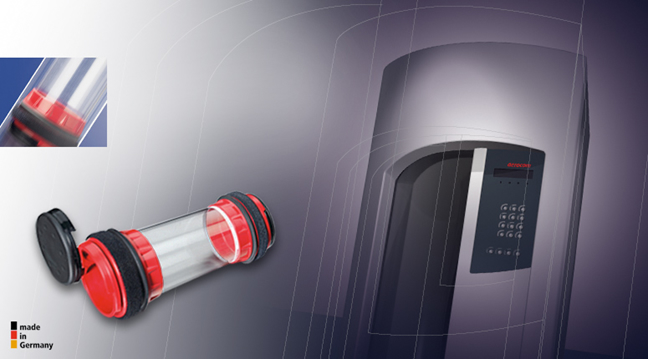1) How do hospitals use a pneumatic tube system?
Medical records, administrative and billing documents, X-rays, medications, lab specimens, blood plasma, injection vials and instruments can all be transported more quickly with the pneumatic tube system while freeing hospital staff members to perform more essential tasks.

2) Why pneumatic tube systems?
Because pneumatic tube system solves internal transport problems with a speed of 6 – 8 m/sec. That saves time, energy and allows your staff to concentrate on more important matters instead of running errands.
3) What can be transported with pneumatic tube systems?
You can transport almost everything with our pneumatic tube system: Items weighing anywhere from 1 gram to 28 kilograms up to 30 cm in diameter and up to 50 cm in length. In this category you can find a whole lot of things: E.g.: paper, coins, bank notes, blood samples, medicine, spare parts, documents, X-ray films, hot steel samples, milk, oil, … So you can be sure, that we are also able to transport your items.
4) Who needs pneumatic tube systems?
Pneumatic tube systems can be applied in all business types. Our customer records definitely confirmed that the application of the aerocom pneumatic tube system is unlimited: Industries, Supermarkets, Cinemas, in the administration and the production areas, hotels, as well as in the automobile industries, workshops, railway station and post office, hospital and banks, newspapers and steel works – and this, worldwide.
5) When is the right time for a pneumatic tube system?
Aerocom delivers the custom-made pneumatic tube system for all sizes of companies; from a two-point system up to a micro-processor controlled multizone system up to 512 stations.
6) Where to install the pneumatic tube system?
Practically everywhere. Either horizontal or vertical installation and not only within the same building. There are aerocom pneumatic tube systems connecting buildings which are far apart and even streets and rivers are not an obstacle for us. We are sure to have the convinient solution for your transporting problem!






